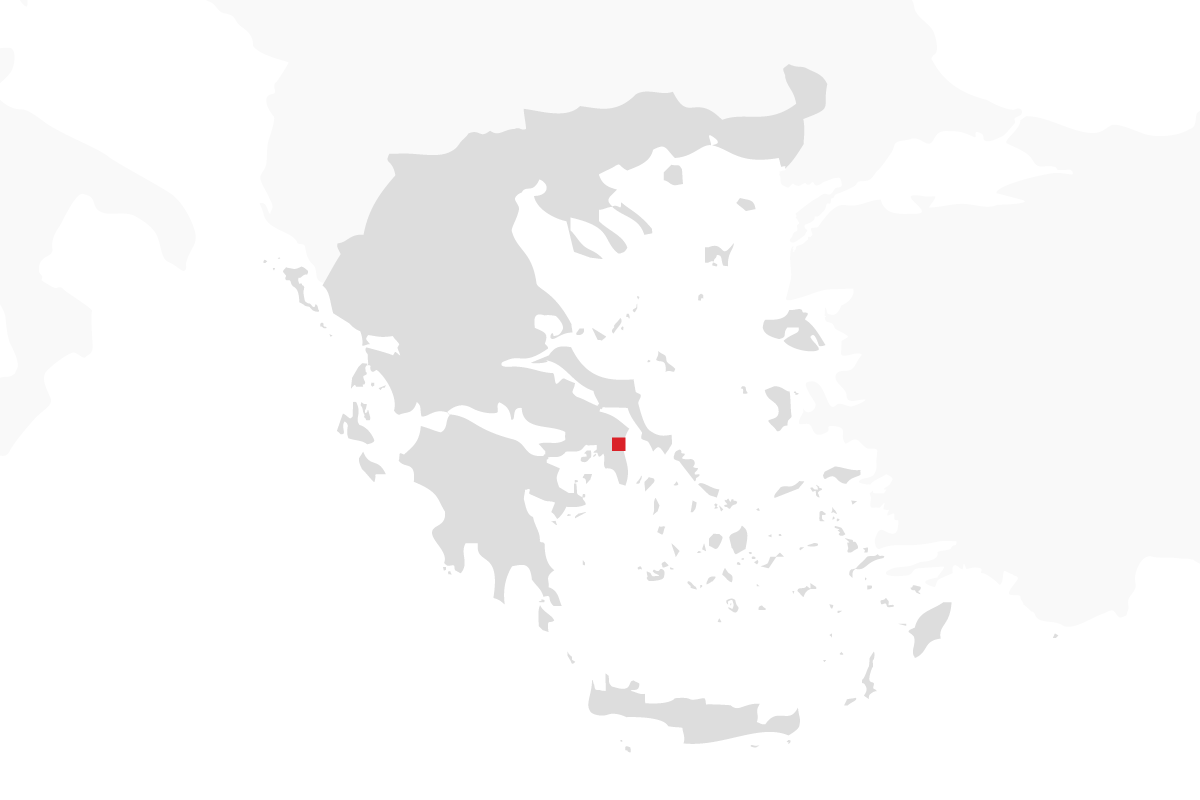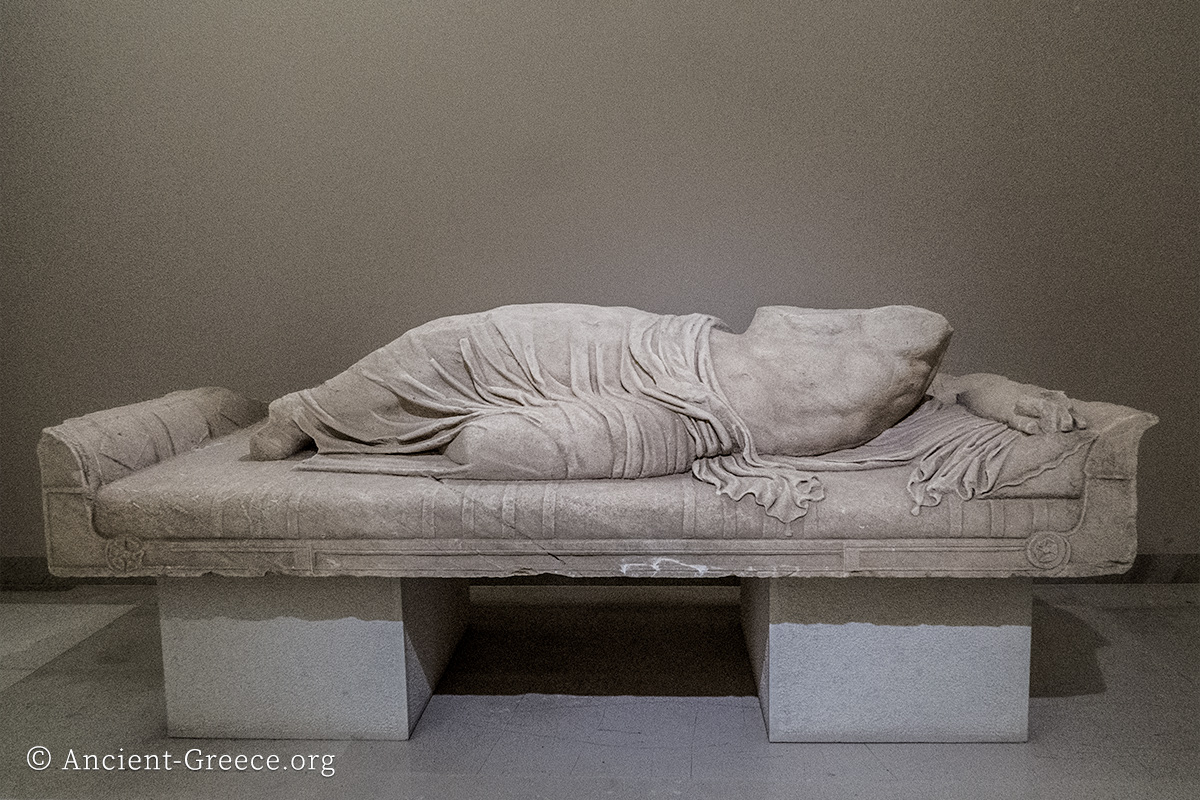
On this page:
Marathon (Μαραθών, Μαραθώνας) area has yielded archaeological artifacts dating back to the Stone Age, but in modern times Marathon has become synonymous with the famous battle between the Athenians and the invading Persians where the outnumbered Greeks managed a famous victory that marked the passage from the Archaic to the Classical Era.
The battle of Marathon was a pivotal moment in the history of Greece. In these grounds, the outnumbered Athenians defeated the first invasion by the Persian army led by king Darus in 490 BCE, and set the stage for a century of splendor and Greek innovation in politics, philosophy, art, theatre, and culture.
The “Marathon” foot race traces its roots to the aftermath of this battle, and commemorates the distance ran by the Athenian messenger Philippides (or Pheidippides) from Marathon to Athens in order to inform the waiting non-combat population of the unexpected victory.
The modern foot race covers the distance from Marathon to Athens which is 42.195 km (26 mi). The Athens Classic Marathon was founded in 1972 and covers roughly the distance covered by Philippides in ancient times.
The archaeological site is an expansive collection of ruin locations around the modern town of Marathon and includes ruins dating back to the Bronze Age of Greece.
Classical Era


The Tumulus of the Athenians shelters the bodies of some two-hundred Athenians who fell in the battle of Marathon.
Right: The trophy of Marathon. This replica of the original trophy is located a little to the north of the Athenian Tumulus. It was erected by the Athenians to commemorate their win in the battle of Marathon. Fragments of the original column are at the Archaeological Museum of Marathon.
Bronze Age Era




Left to right:
1, 2: The Middle-Helladic Tumuli are protected in a large building outside the Marathon Museum.
3: The Early-Helladic cemetery where excavations are currently in progress.
4: A Mycenaean Tholos Tomb
Maps and Plans


Left: Marathon area maquette is found in the vicinity of the Tumulus of the Athenians. It shows the topography, and marks the important archaeological spots in the area.
Right: Marathon area map with the important archaeological sites and museums marked.



